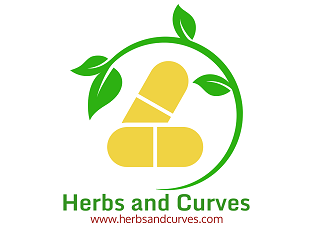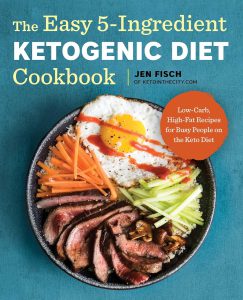The ketogenic diet is a high-fat, low-carbohydrate diet that aims to put your body in a state of ketosis, where it burns fat for energy instead of glucose. Here’s how to create a ketogenic diet:
- Meat and poultry – Eat grass-fed beef, free-range poultry, and other meats. You can grill or bake them with herbs and spices.
- Fish and seafood – Include wild-caught fish and seafood such as salmon, tuna, and shrimp. You can grill or bake them with herbs and spices.
- Low-carb vegetables – Include low-carb vegetables such as leafy greens, broccoli, cauliflower, asparagus, and peppers. You can eat them raw in salads or cooked in stir-fries or roasted with herbs and spices.
- Healthy fats – Use healthy fats such as olive oil, coconut oil, and avocado oil for cooking and salads.
- Dairy products – Include dairy products such as cheese, butter, and cream. You can have them in moderation.
- Nuts and seeds – Include nuts and seeds such as almonds, cashews, walnuts, pumpkin seeds, and chia seeds in your diet. You can have them as a snack or use them as a topping for salads or roasted vegetables.
- Eggs – Include eggs in your diet and use them in dishes such as omelets or scrambled eggs.
- Berries – Eat low-carb fruits such as berries. You can have them as a dessert or snack.
The ketogenic diet emphasizes high-fat, low-carbohydrate foods and encourages the consumption of protein and healthy fats. It limits the intake of carbohydrates and sugars, which can cause weight gain and other health issues. It is important to ensure that you are meeting your nutritional needs by consuming a variety of foods and potentially taking supplements as necessary. It is also recommended to monitor your ketone levels to ensure that your body is in a state of ketosis.




